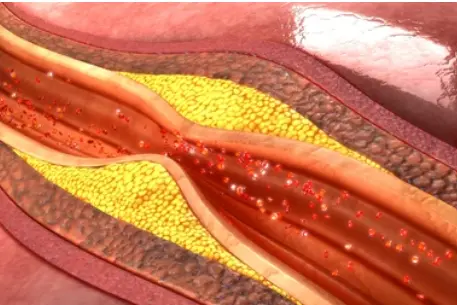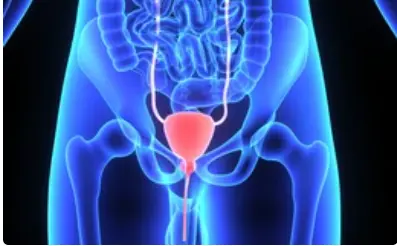 Welcome
Welcome
“May all be happy, may all be healed, may all be at peace and may no one ever suffer."
Radiographic contrast medium for diagnostic procedures - Generics
Radiographic contrast medium, also known as contrast dye, is a substance that is used in diagnostic imaging procedures to enhance the visibility of certain structures or organs in the body. Contrast dye is typically injected into a vein or administered orally or rectally, depending on the type of imaging study being performed.
Some common diagnostic procedures that may use contrast dye include:
- X-rays: Contrast dye can be used in X-ray studies such as barium enema or upper gastrointestinal (GI) series to help visualize the digestive tract.
- Computed tomography (CT) scan: Contrast dye can be injected intravenously to help highlight blood vessels and organs in the body.
- Magnetic resonance imaging (MRI): Contrast dye can be used in MRI studies to help distinguish between normal and abnormal tissues.
- Angiography: Contrast dye can be injected into blood vessels to help visualize blood flow and detect abnormalities such as blood clots or aneurysms.
While contrast dye is generally safe, it can cause side effects in some people. Common side effects may include a warm sensation, mild itching or rash, and nausea. More serious side effects, such as an allergic reaction or kidney damage, are rare but can occur. It's important to let your healthcare provider know if you have any allergies or underlying medical conditions before undergoing a procedure that uses contrast dye.

CAD

Folliculitis

Uncomplicated gonorrhea

Neutropenia

Warts

Jock itch

Mild cystitis and spasmod...

Scalp and non-scalp psori...
Radiographic contrast medium for diagnostic procedures, ডায়াগনস্টিক পদ্ধতির জন্য রেডিওগ্রাফিক বিপরীতে মাধ্যম
To be happy, beautiful, healthy, wealthy, hale and long-lived stay with DM3S.